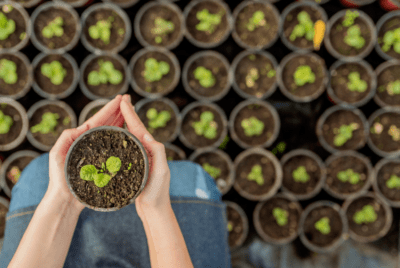RESEARCH
Residential Green Space in Childhood is Associated with Lower Risk of Psychiatric Disorders from Adolescence into Adulthood
Summary
This study explored whether growing up with more green spaces, like parks and gardens, is linked to a lower chance of developing mental health problems later in life. Researchers in Denmark looked at a huge group of over 900,000 people born between 1985 and 2003. They tracked these individuals from birth up to their 10th birthday, gathering information about the green space around their homes using satellite images. To measure green space, they used something called the Normalized Difference Vegetation Index (NDVI), which tells how much vegetation is in an area. The researchers then linked this information to national health records to see who developed different kinds of psychiatric disorders as teenagers and adults. They also took into account other things that could affect mental health, such as where people lived (city vs. rural), their family’s income and education, and whether their parents had a history of mental illness.
The researchers then analyzed this large amount of data to see if there was a pattern between the amount of green space a child lived near and their risk of developing a psychiatric disorder. They looked at the risk for a wide range of conditions, including anxiety, mood disorders, schizophrenia, and substance abuse. By comparing people who grew up with the least green space to those who grew up with the most, the study aimed to understand the strength and consistency of this link across different types of mental health issues and at different stages of childhood. The goal was to see if having more nature around during childhood could be a way to help prevent mental health problems in the future.







